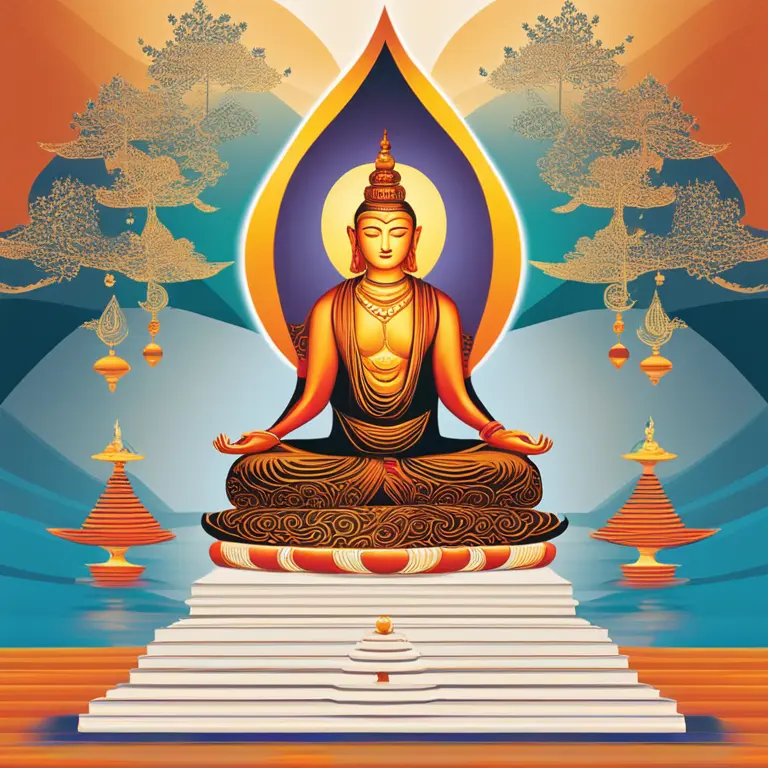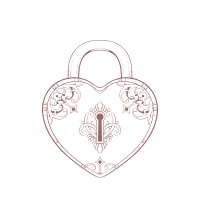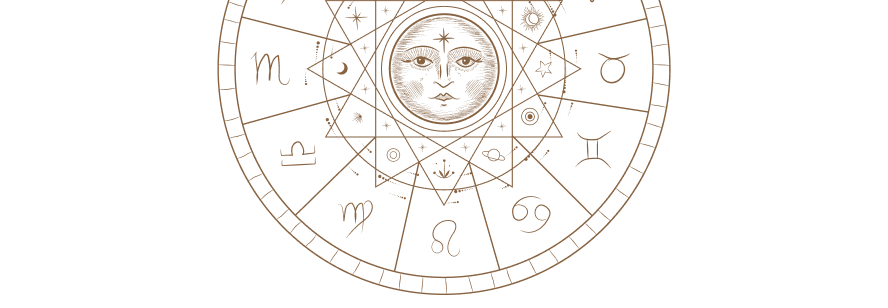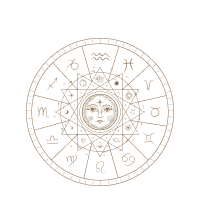
The Origins of Meditation: A Historical Insight
Trace the ancient roots and historical emergence of meditation practices across different cultures worldwide.
article by Hina Kurosawa
The Dawn of Meditation
In the search for tranquility and deeper understanding, ancient civilizations turned towards introspection. While meditation, as a practice, is not attributed to a single individual, its origins are scattered across various cultures and religions. Historical records lead us back thousands of years, where meditative techniques can be traced to prehistoric traditions. The earliest documented mention of meditation is found in the Vedas of India, dating back to around 1500 BCE. These sacred texts outline the meditative traditions that later evolved within Hinduism, and much of this knowledge is crucial to understanding today’s meditation practices.

Meditative Practices in Eastern Traditions
Buddhism, which emerged from the teachings of Siddhartha Gautama in the 6th century BCE, greatly popularized meditative practices. Gautama Buddha's quest for enlightenment involved extensive meditation, which later became central to Buddhist practice. Meanwhile, in China, Daoism embraced meditation, with texts like the Tao Te Ching offering insight into meditative disciplines aimed at harmony with the Tao, or universal force. These Eastern traditions laid the foundation for meditation, contributing significant techniques and philosophies to the practice as we know it today.

Variations Across Cultures
Different cultures shaped their own versions of meditative practices. In ancient China, Qigong combined meditation with breathing exercises and movement, fostering life energy known as Qi. The Jewish tradition holds meditative practices in the form of Kabbalah, focusing on the mysteries of God. Similarly, Islamic Sufism brought forth Muraqaba, a meditation aiming for the spiritual development of the heart. Even within Christianity, contemplative prayer and monastic traditions reflect a rich history of meditation.

Modern Meditation Movements
The 20th century witnessed an unprecedented exchange of cultural practices between East and West. Pioneers like Maharishi Mahesh Yogi introduced Transcendental Meditation, leading to its global spread. In the late 20th and early 21st centuries, mindfulness and secular meditation practices have surged in popularity. The medical community’s recognition of meditation’s benefits, supported by scientific research, has encouraged its integration into health and wellness programs, making it more accessible and adapted for contemporary society.

Meditation in the Digital Age
In the world of 2024 and beyond, technology plays an instrumental role in disseminating meditation practices. With a wealth of apps and online resources, individuals can explore various traditions from the comfort of their homes. These resources often combine age-old wisdom with modern science, offering guided sessions that cater to our fast-paced lifestyles. Technologies like virtual reality and biofeedback are opening new avenues for deeper, more immersive meditation experiences.
Continuing Evolution
As we advance further into the 21st century, the evolution of meditation continues. Emerging studies highlight the practice’s potential in dealing with contemporary issues such as digital distraction and mental health crises. The universal appeal of meditation – its ability to be shaped and reshaped across time, geography, and culture – ensures its relevance as a tool for personal development and well-being amidst our constantly changing world.
Published: 1/14/2024
Modified: 1/15/2024
More predictions
Come back here soon to learn more about yourself and your future


Easing Loneliness with Mindfulness Meditation
Explore how mindfulness meditation can provide solace and connection to alleviate the feelings of loneliness.


Discovering Life with Meditation Mantras
Delve into the transformative power of meditation mantras to harmonize your mind, body, and spirit for a tranquil existence.


Mindfulness Meditation Basics for First Graders
Introducing foundational mindfulness meditation practices to instill calm and focus in first-grade students.